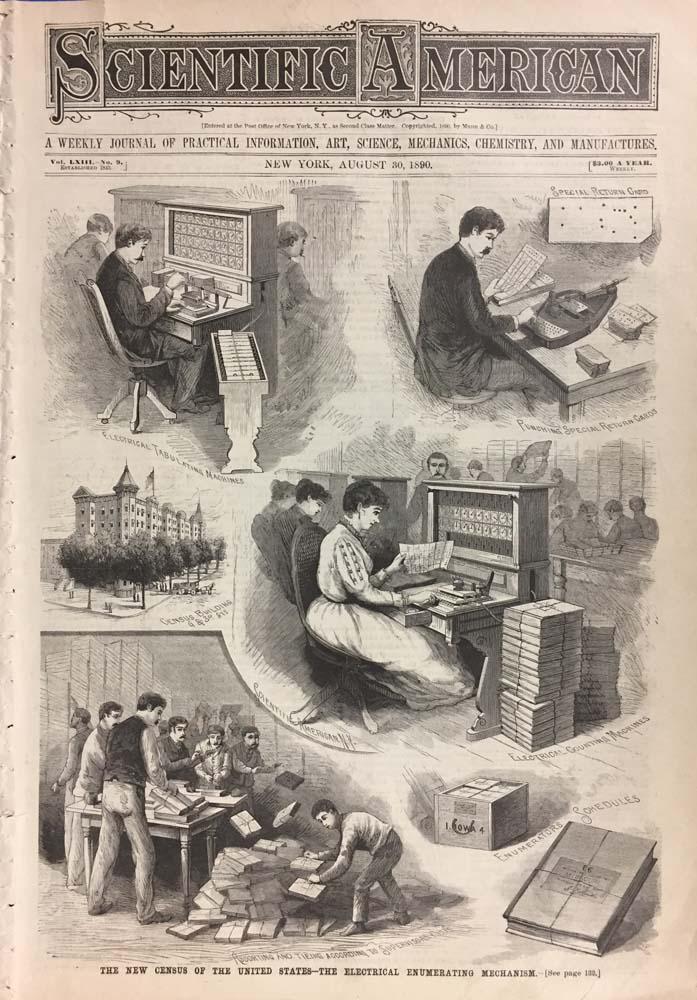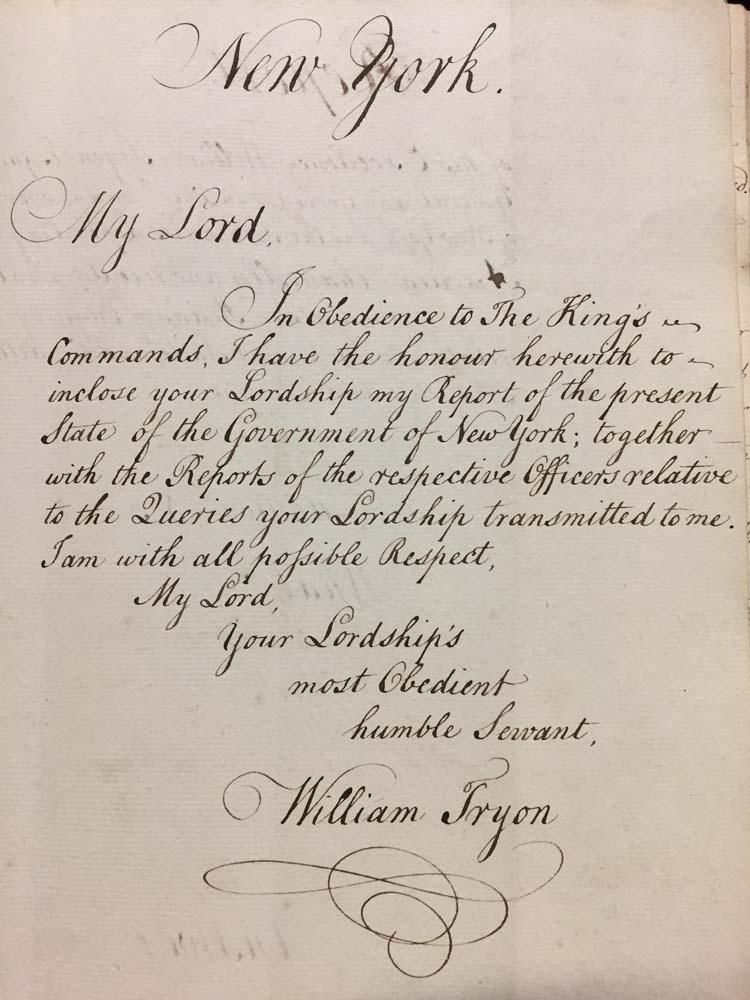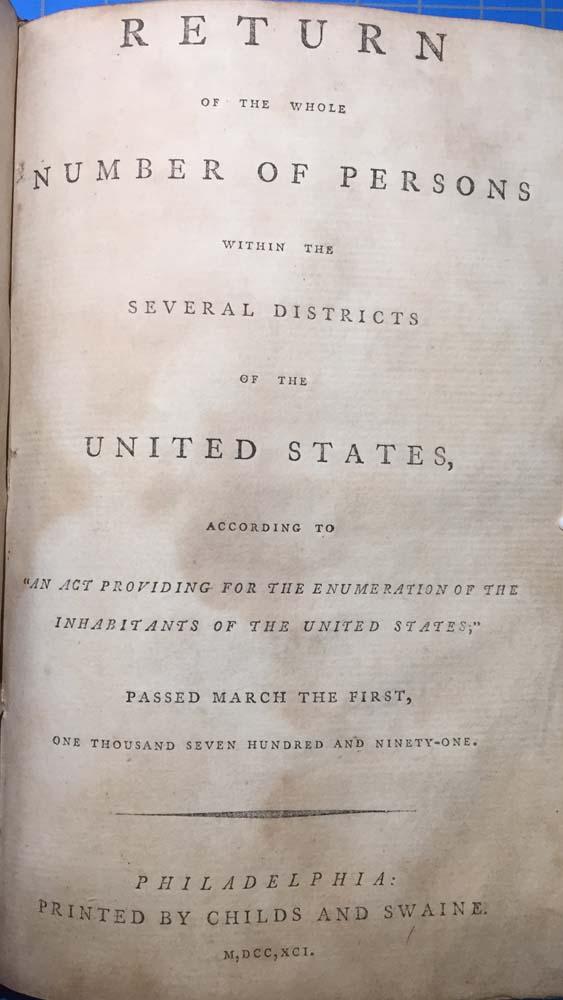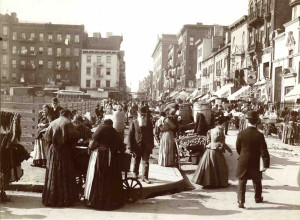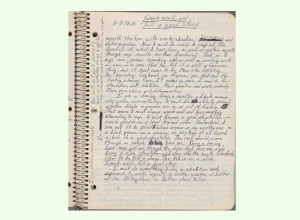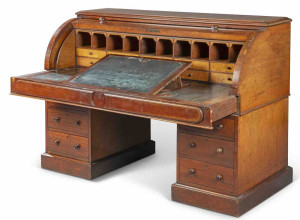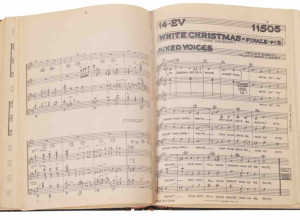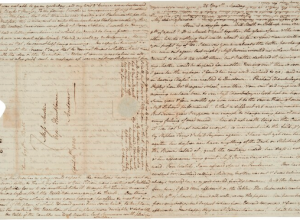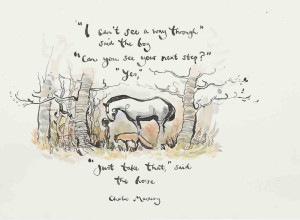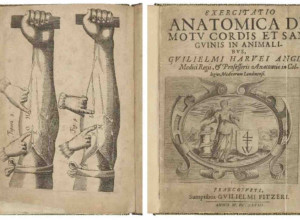That exhibition, The People Count: The Census in the Making of America, will, we hope, go on as planned once the N-YHS reopens. Until then, let’s look at some of the highlights in honor of Census Day.
Beginning at the beginning, so to speak, are pre-Constitution censuses, the charge of the Board of Trade, which sent questionnaires to every colonial governor. “The Present State of the British Colonies in America,” pictured here, transcribes the results from 1773 to 1775, just as the American Revolution began, describing the people and land that England controlled at the time.

